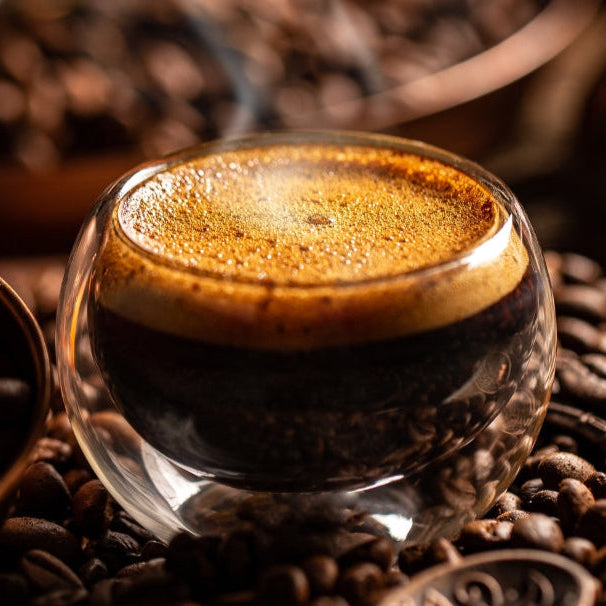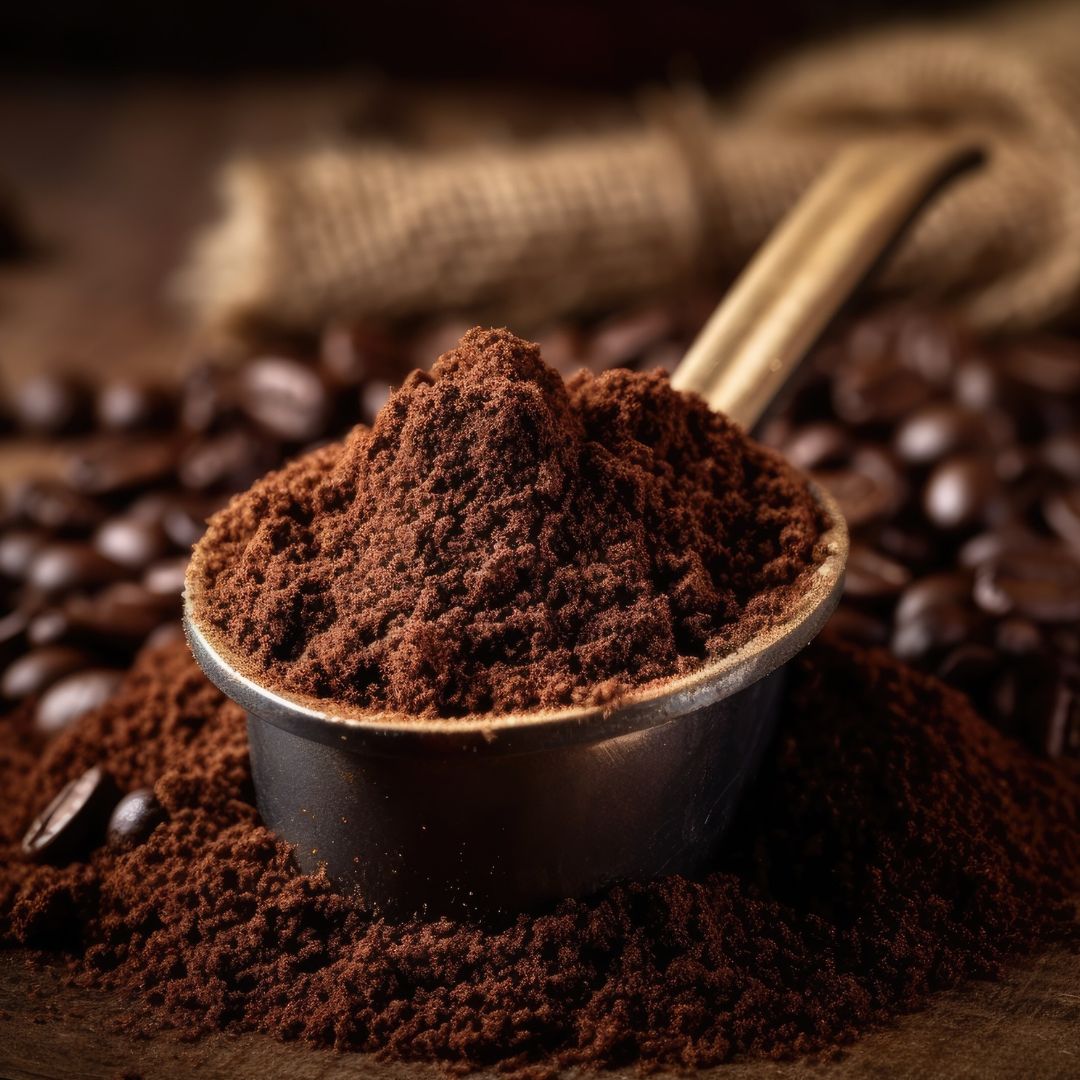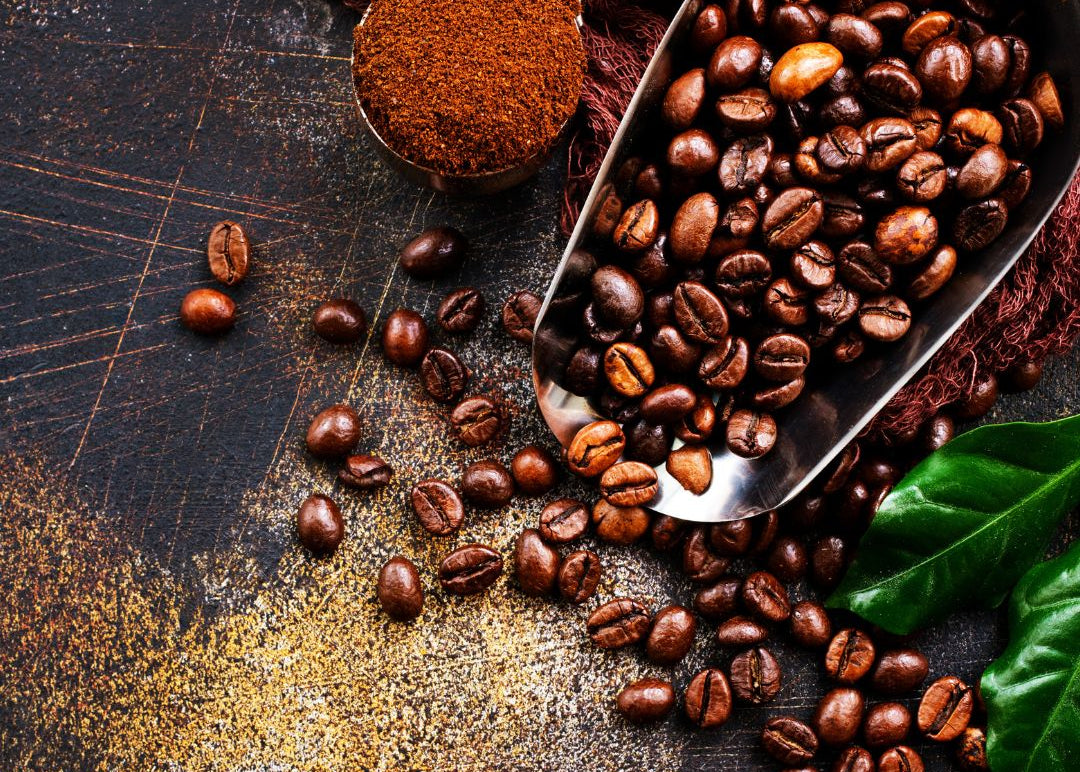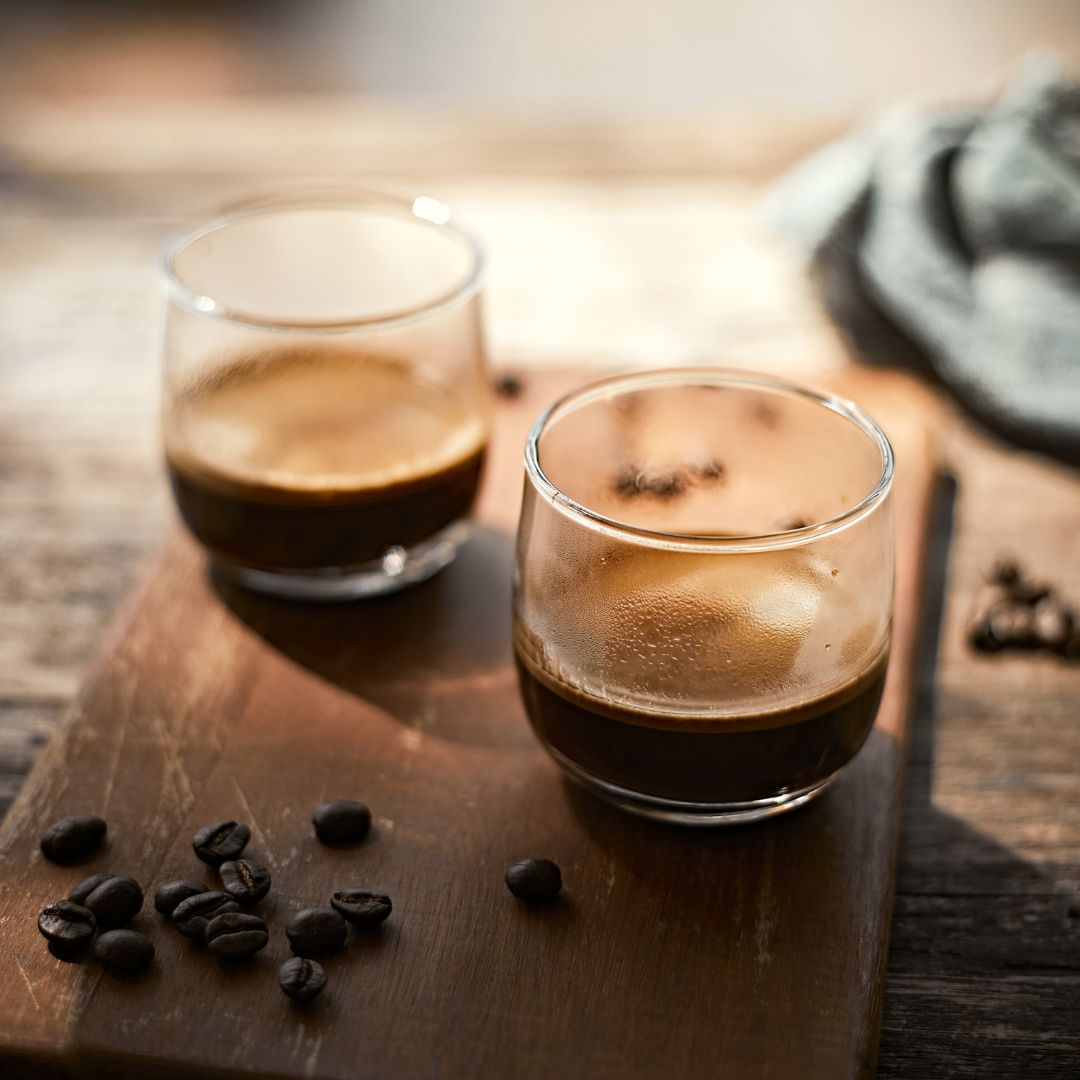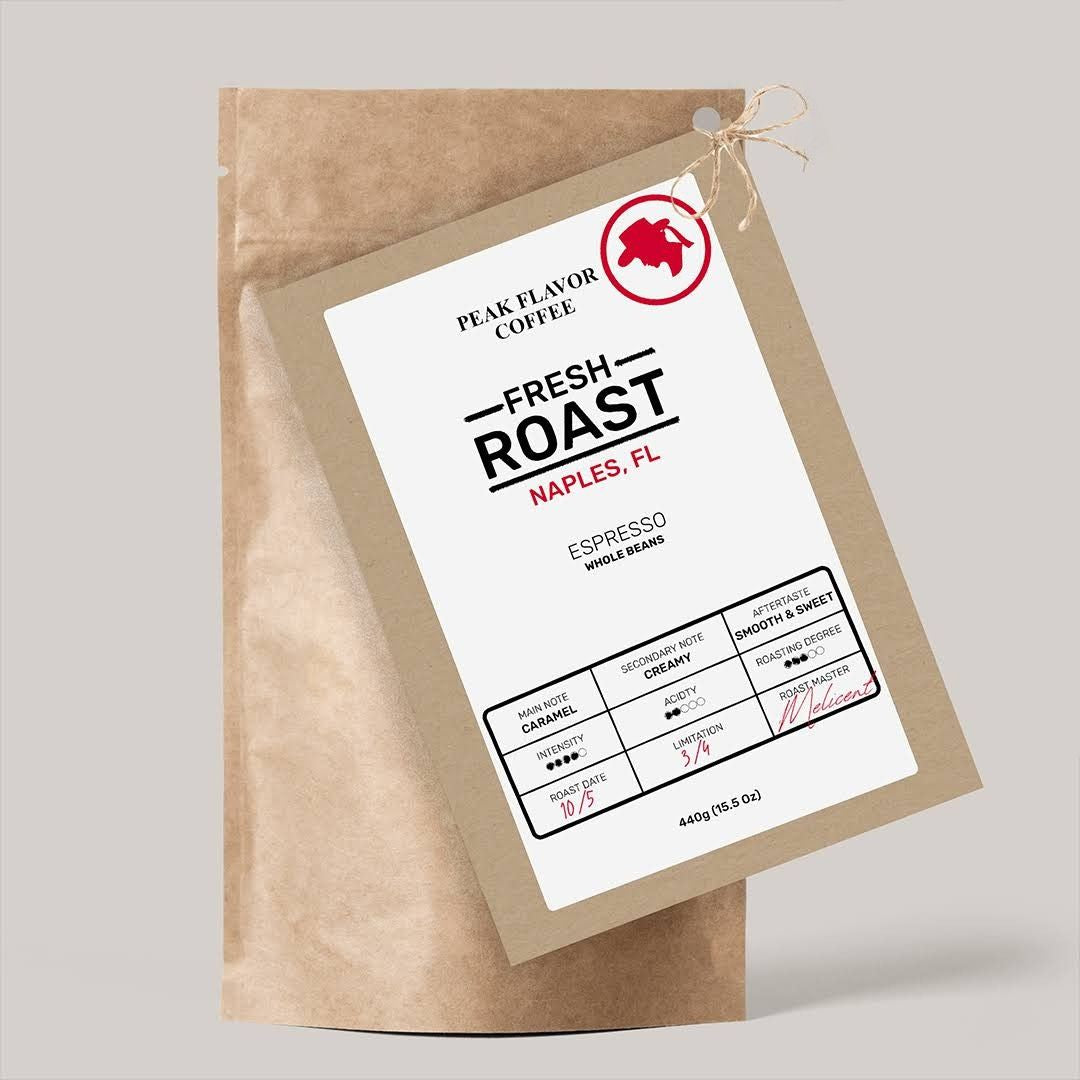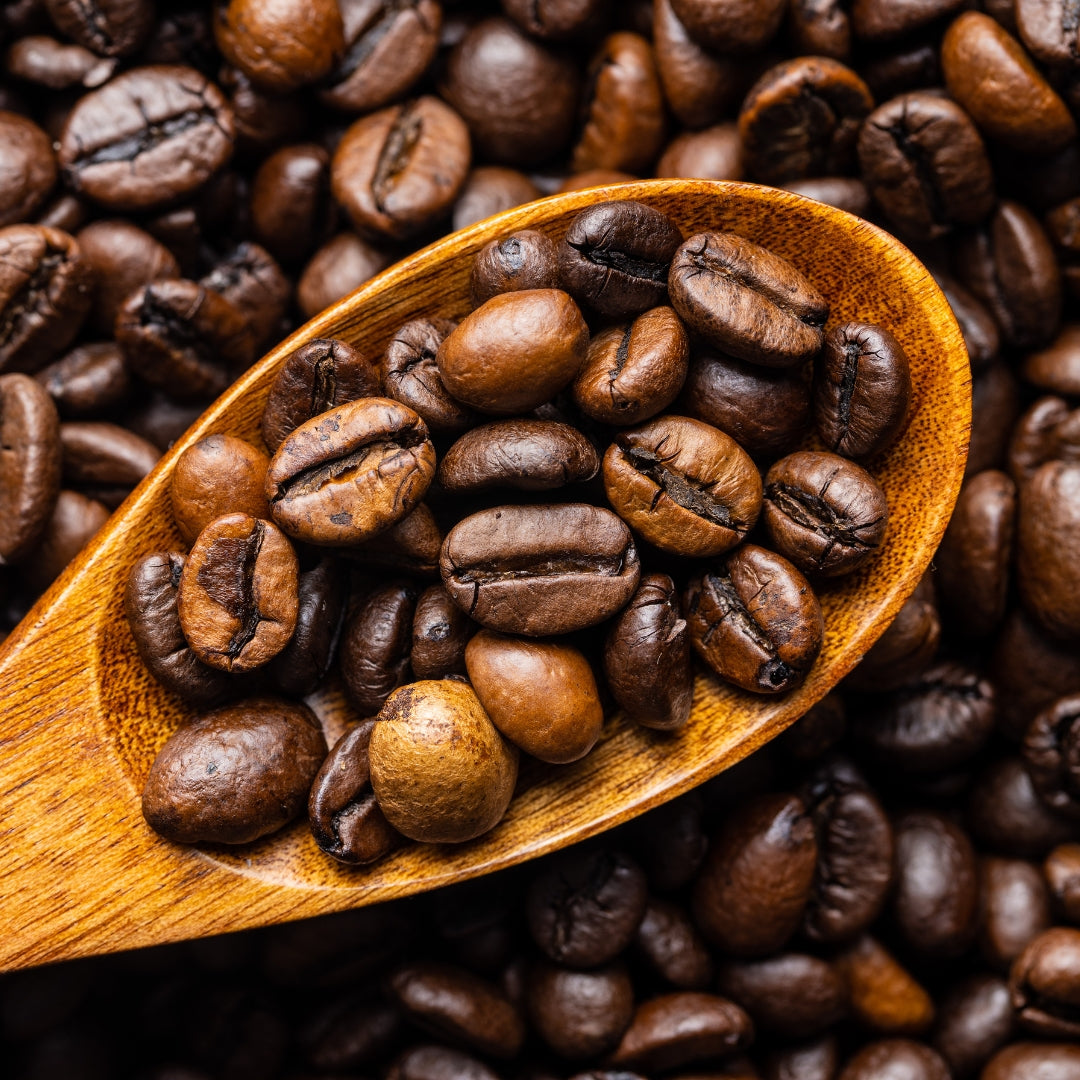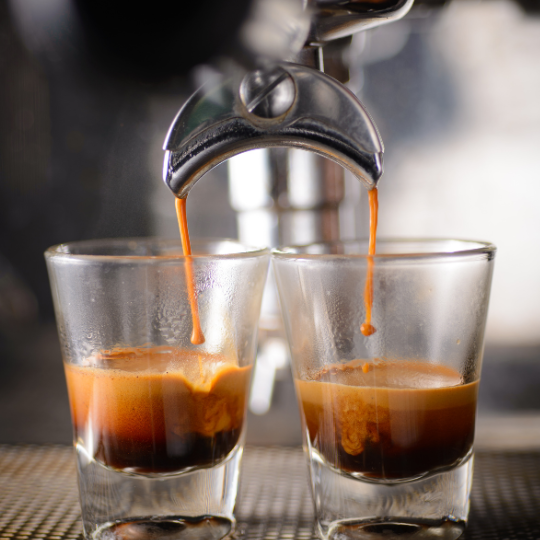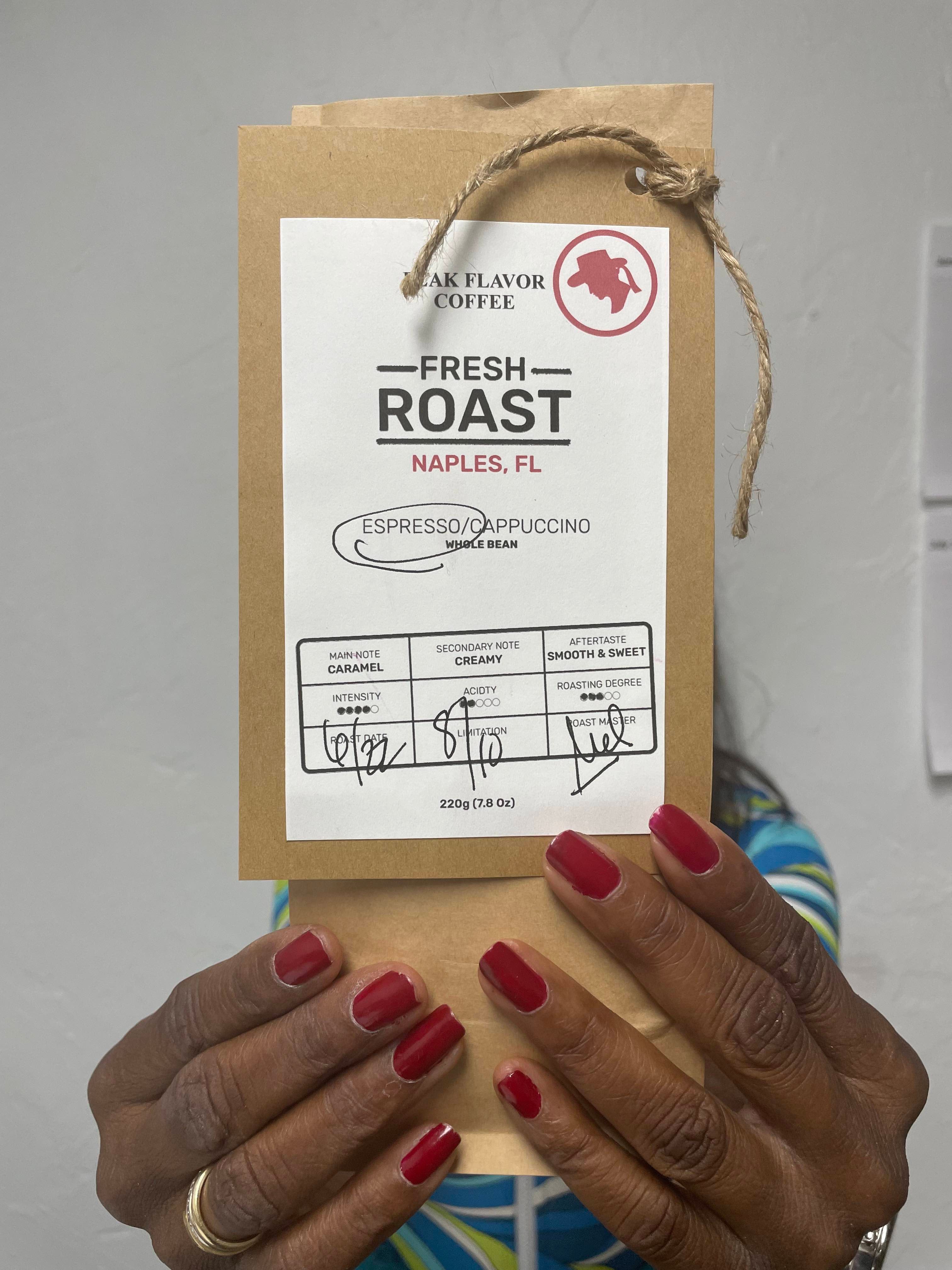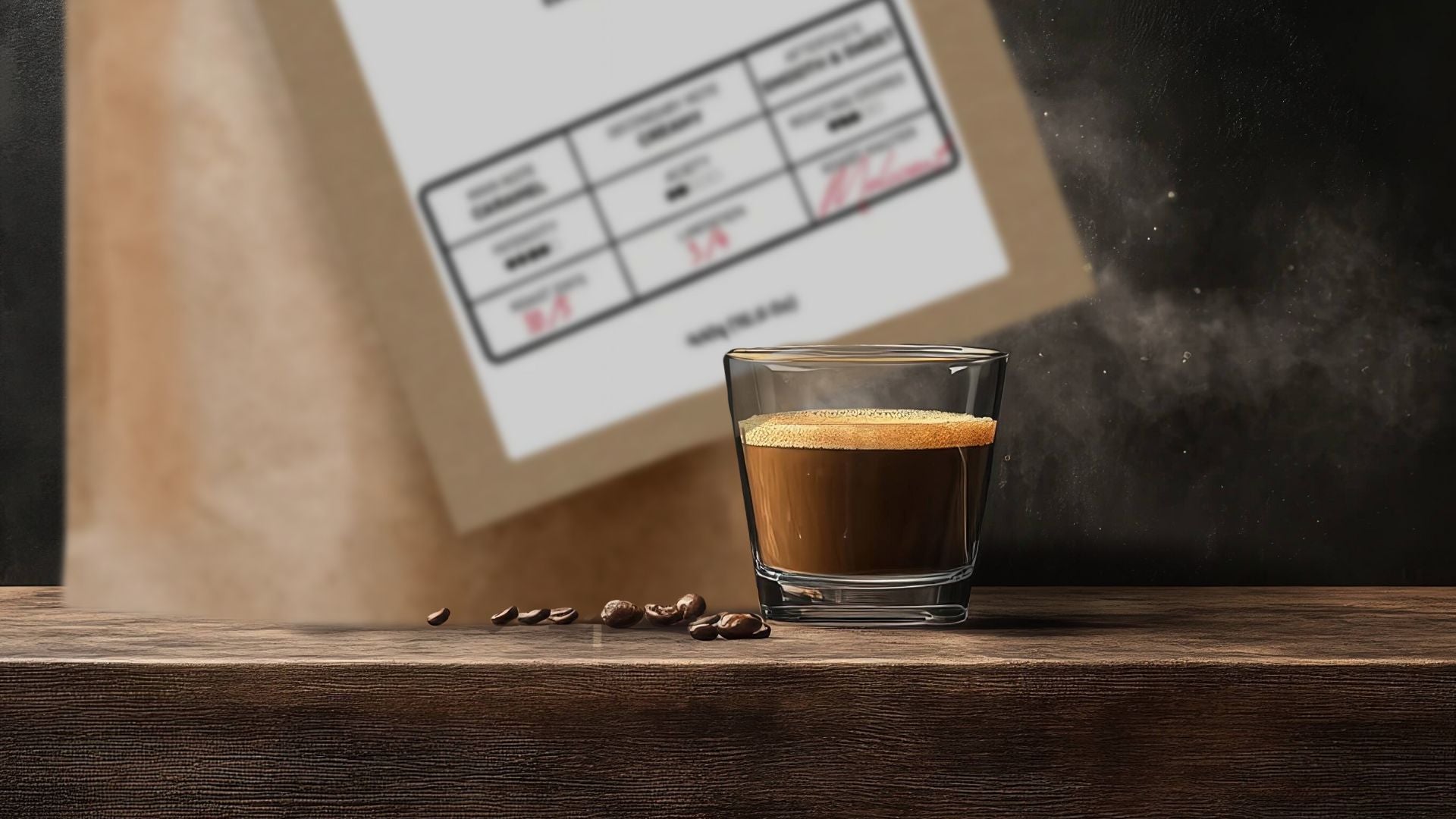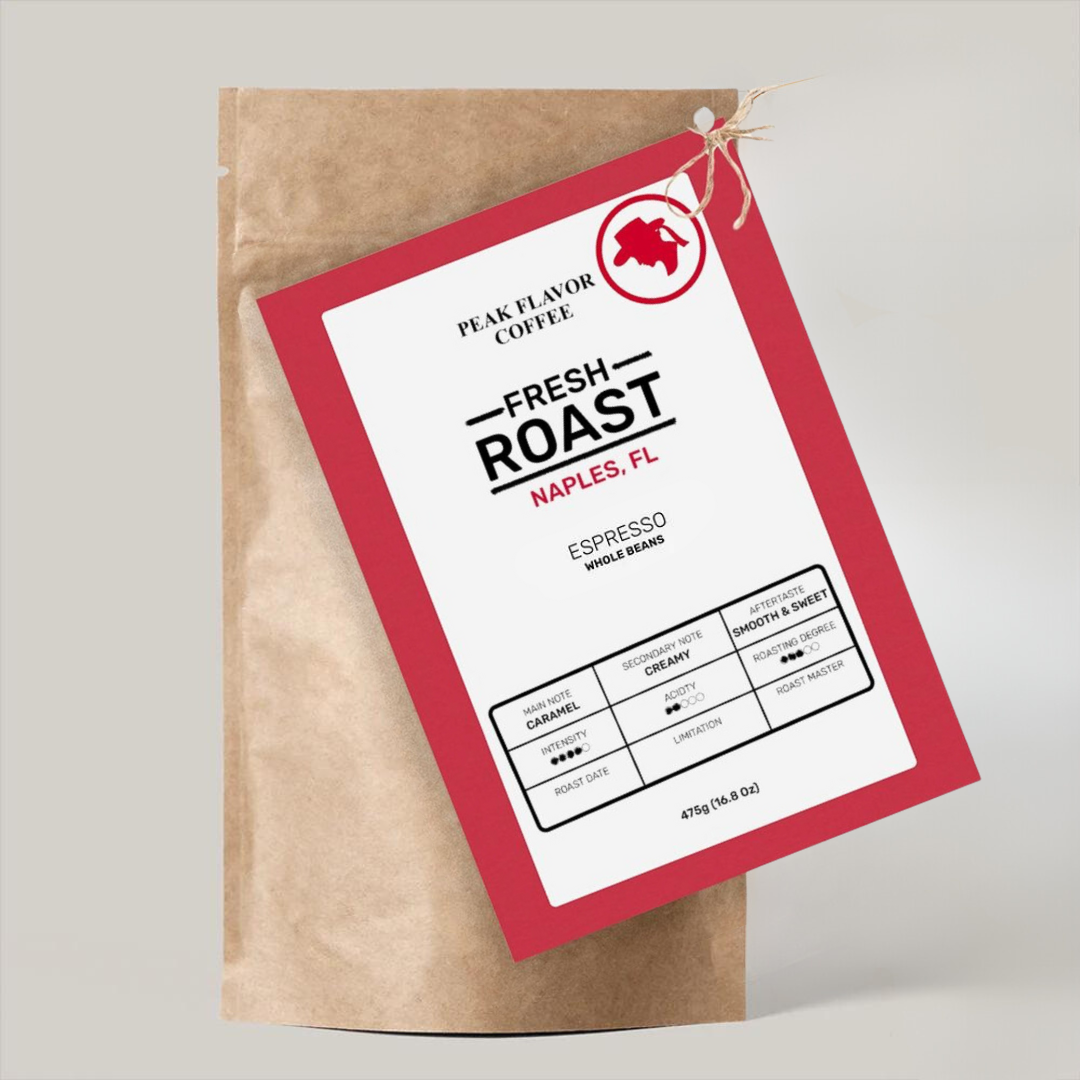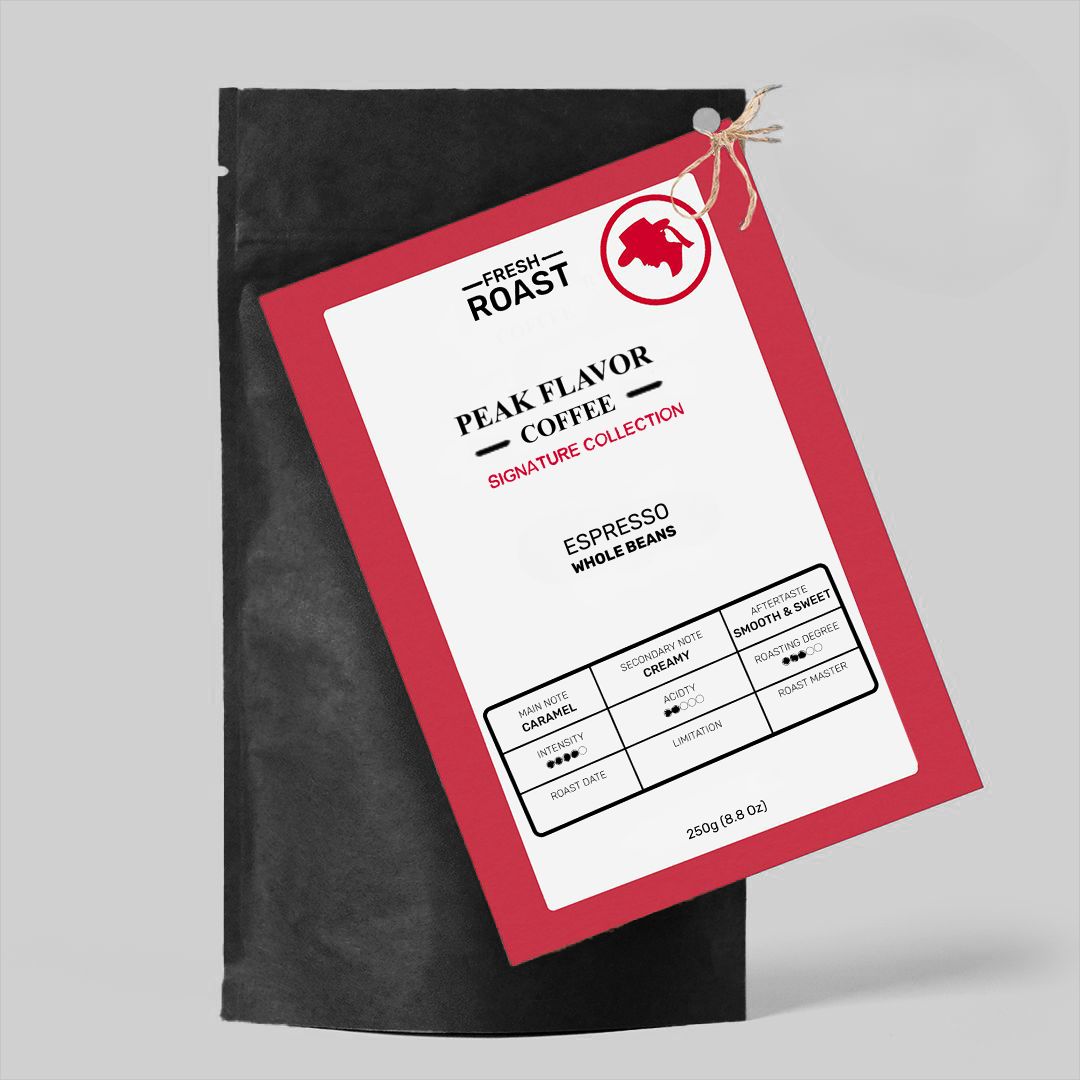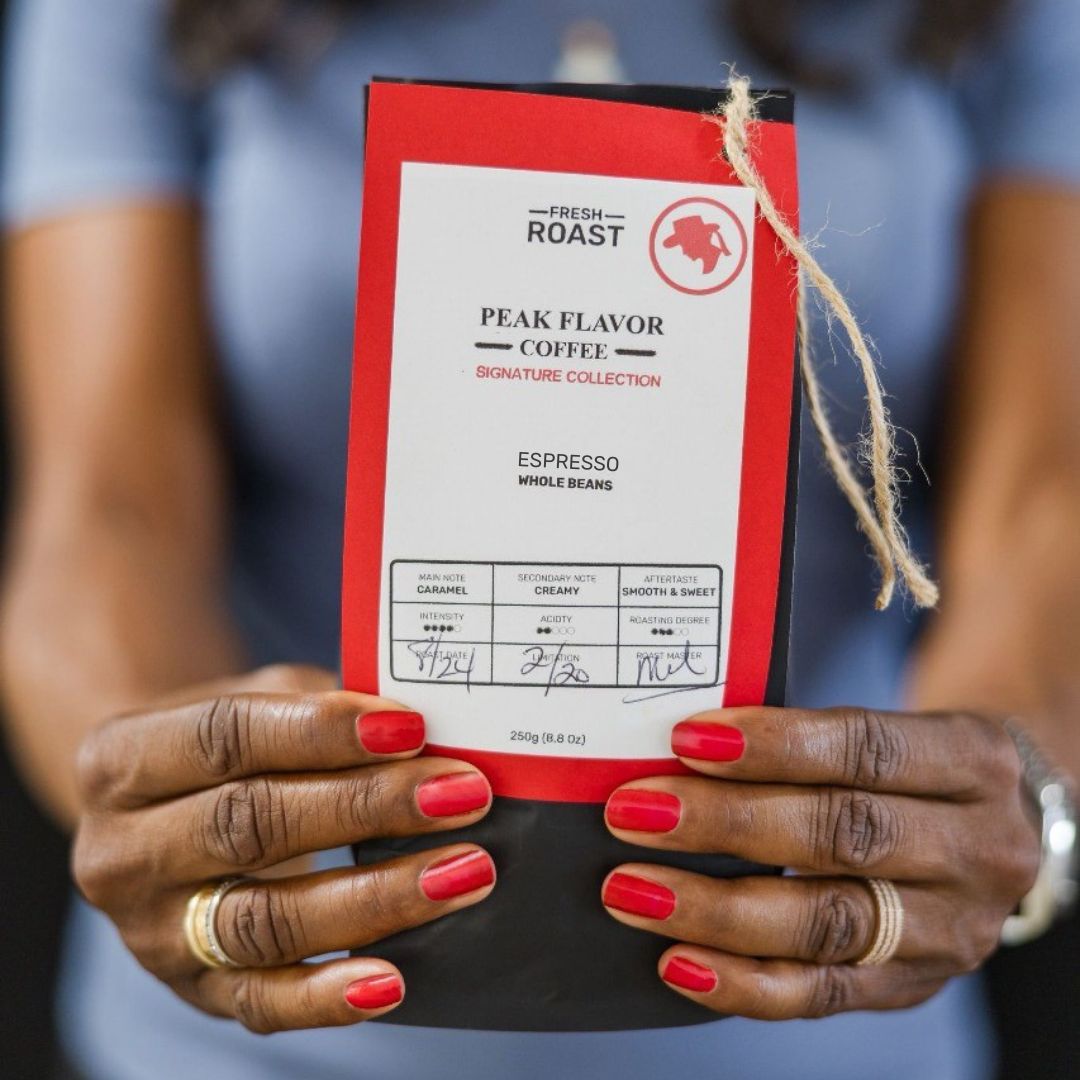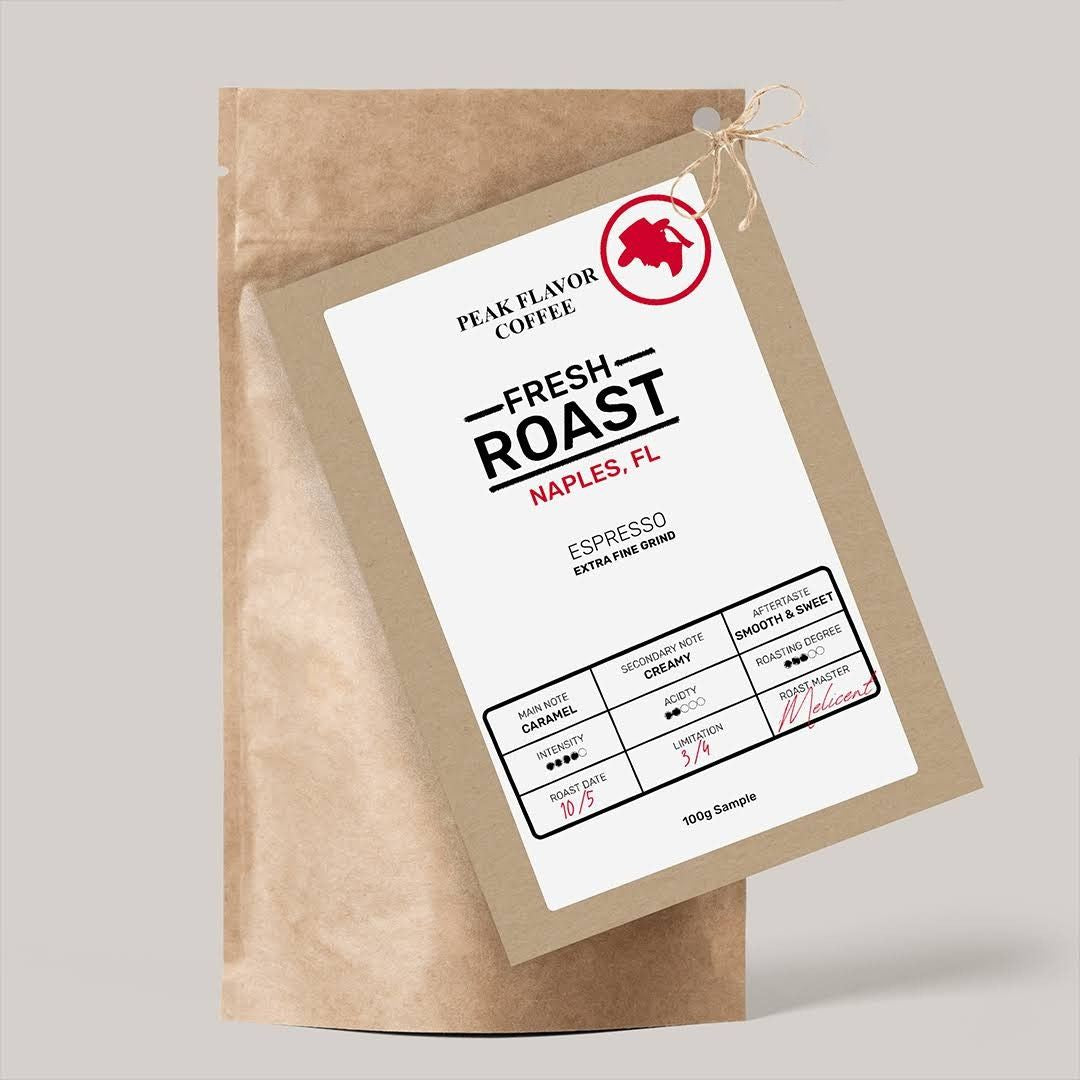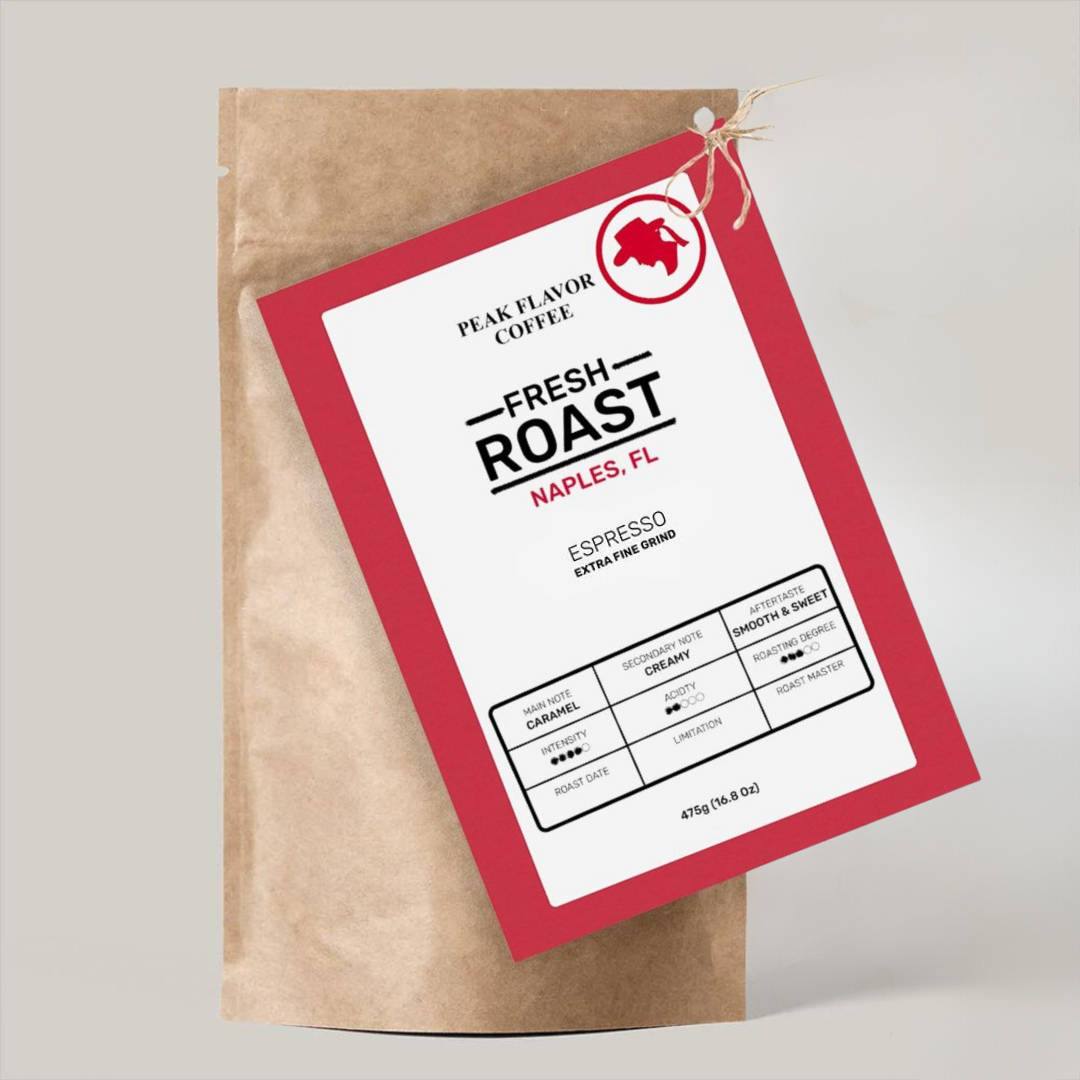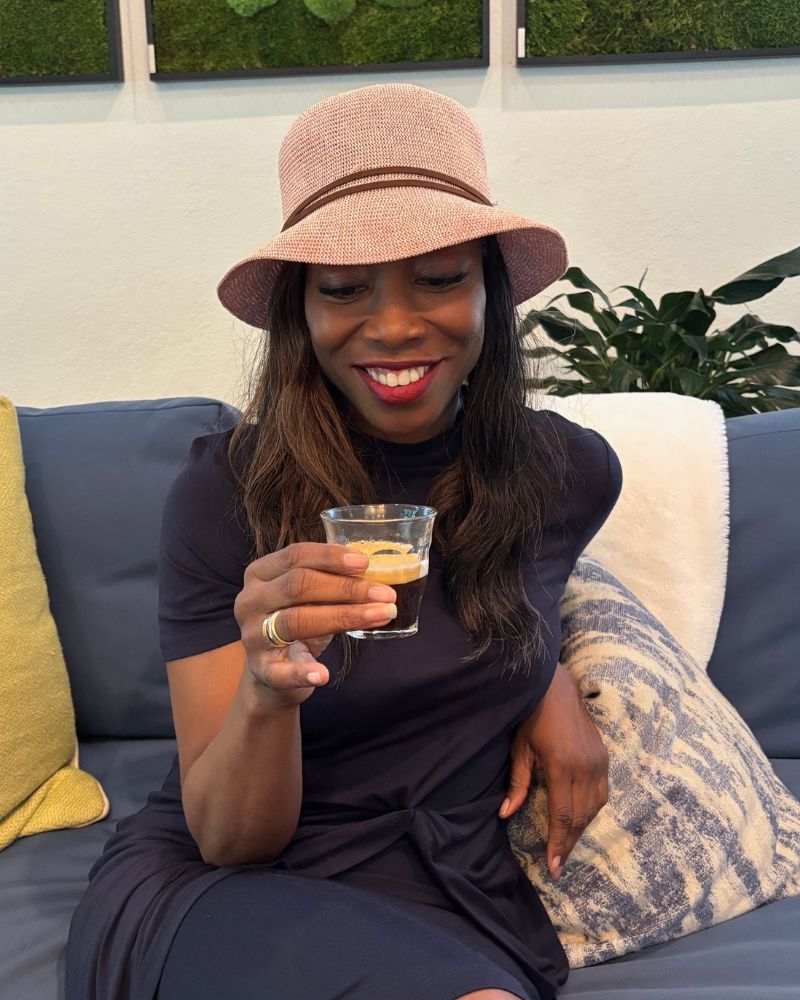The Best Espresso Beans for Your Espresso Machine
(and Your Sanity)
Hi, I’m Melicent, founder of Peak Flavor Coffee. And yes, I’m one of those people who spent a mortgage payment's worth of money trying to recreate Italian espresso at home.
I bought machines, gadgets, fancy tampers—the works. And yet? My espresso shots tasted like regret and burnt toast.
Until I figured it out: it's not just the machine. It's the beans. Specifically, the blend, the roast, the freshness, and the grind size.
If you're looking to get real, authentic, velvety Italian espresso from your home machine, this post is for you. Let's save your wallet (and your taste buds) from unnecessary trauma.
Why the Machine Isn’t the Whole Story
People love to blame their espresso machine for their lackluster shots. But most of the time, it’s the coffee that’s the problem. You can own the most high-end, chrome-plated miracle of modern brewing tech—but if you're using stale, over-roasted, or poorly ground beans, you’ll get espresso that tastes like bitter bean juice.
Here’s the truth: espresso machines extract flavor using pressure. Unlike a drip machine or French press, espresso is a 30-second high-pressure flavor heist. That means the beans you use have to be tailored to that method. Not just any beans. The right beans.
Meet the MVPs: Bean Blend, Roast Degree, Freshness, and Grind Size
Blend Like the Italians Do: The gold standard of Italian espresso is a 75/25 blend: 75% Arabica for smoothness, and 25% Robusta for crema and caffeine. This isn’t just tradition—it’s chemistry. Arabica brings oils and complexity, Robusta brings body and boldness. Together? Bellissimo.

Our Italian Espresso Beans follow this exact formula. We source Arabica coffee beans from high-altitude farms in Brazil and Honduras, where slower growth means deeper caramel and nutty flavors. Learn more about the perks of Arabica coffee beans in Italian espresso. The Robusta comes from Vietnam—a region producing some of the world’s best bold beans without bitterness.
Medium-Dark Roasts - The Sweet Spot for Espresso Coffee: Light roasts are great for pour-over hipsters. Dark roasts? Better for campfire cowboy coffee. But for espresso? Medium-dark is your sweet spot. It caramelizes the beans' natural sugars without burning the oils. You get bold flavor, smooth body, and zero char. Have a look at below chart indicating exactly where the roast degree develops most flavor.

And don’t forget how the roast is done. The best coffee beans for espresso are slow-roasted just before the second crack (yes, that’s a thing). It lets the natural flavors bloom and avoids the burnt bitterness that fast, industrial roasting often creates. Learn more about the best roast for Italian espresso.
Freshness? Yes it Matters: Fresh-roasted beans have volatile oils and aromatic compounds that degrade fast. You want beans roasted recently—ideally within the past 2-4 weeks. That’s when they shine and deliver that typical Italian coffee quality. Supermarket beans in vacuum-packed bags? Those have been sitting around longer than some reality TV careers.
Scientific studies support this. Fresh coffee contains hundreds of volatile aromatic compounds, such as aldehydes, ketones, and esters, that are essential to the flavor and aroma profile of espresso. These compounds are highly sensitive to oxidation and off-gassing.
As roasted beans age, carbon dioxide—a natural byproduct of roasting—escapes, carrying flavor compounds with it. Within two weeks post-roast, CO₂ levels and aromatic intensity start to drop dramatically. By four weeks, most of the gas has escaped, and with it, the brightness and complexity of flavor.
Moreover, lipid oxidation in coffee oils leads to rancidity over time, a process that accelerates in the presence of air, light, and heat. That means storing beans in a hot kitchen or under harsh light only makes things worse. In fact, a 2016 study in the Journal of Agricultural and Food Chemistry concluded that properly stored beans still lose 60-70% of their aroma-active compounds within a month of roasting1. Here is a chart that indicates how flavor develops over time after roasting. The conclusion is easy: Peak Flavor Coffee happens about eight days after roasting.

This is why Peak Flavor Coffee ships fresh, recently roasted beans. Not just to deliver good taste—but to preserve the chemical integrity that makes espresso extraordinary.
Grind Size - Tiny Details, Huge Impact: Espresso is unforgiving. If your grind is too coarse, water flies through and you get weak, watery shots. Too fine? You get over-extraction and bitterness. Your grind needs to match your machine. in below figure, you can see that optimal flavor extraction happens when 98% of the coffee grinds are exactly right for your espresso machine. For Italian espresso, the ideal grind size is 350 microns with less than 2% inconsistency.

If you’re using a Breville Barista Express, aim for an extra fine grind (350 microns) - just slightly finer than table salt. This machine has a built-in burr grinder, which is a gift from the coffee gods because it grinds with professional precision and consistency.
Using a Jura E8 espresso maker? Go for a medium-fine grind. The Jura has an internal grinder, and it prefers beans that aren’t super oily (another reason to avoid dark roasts).
So, What Are the Best Beans for Your Machine?
To make the question about the best coffee for espresso from your home coffee make a little easier to answer, I have simplified matters and will focus on the two espresso machines I personally think are by far the best home espresso makers in America: the Breville Barista Express, and the Jura E8. So here is what I think are the best espresso beans for these home coffee makers:
Breville Barista Express Home Espresso Machine
Here is my recommendation for the best espresso beans to pull a shot of espresso, Italian style.
Bean Origin: Brazil, Honduras (Arabica) and Vietnam (Robusta)
Blend: 75% Arabica / 25% Robusta. Have a look at what we consider the perfect bean blend for this Breville Espresso Machine.
Roast: Medium-dark, slow-roasted
Grind: Extra Fine - 350 microns - adjust until you get a 25-30 second shot. Or use more finely ground coffee beans (300 microns) for milk based espresso drinks such as cappuccino, cafe latte, or macchiato. These coffee grounds are designed for a little more intensity to shine through the mik and milk foam which these espresso recipes require. Use Ristretto or Americano coffee grounds if you'd like your Breville to automatically adjust the espresso brewing for these types of coffee.
Why it works: The Breville Barista Express thrives on precision. With its built-in burr grinder and customizable pressure extraction, it's a match made in espresso heaven for a blend that has both sweetness and strength. The high-altitude Arabica beans from Brazil and Honduras offer rich caramel and nutty notes, while the Robusta from Vietnam brings the kind of boldness and crema that makes your espresso feel “complete.”
Plus, this machine allows for real-time tweaks to your grind size and extraction time. That means our beans’ balance of sugars and oils will hit their flavor peak when dialed in just right. And since our roast is specifically crafted for consistency and clarity under pressure, the Breville pulls smooth, crema-rich shots every time.
Jura E8 Super-Automatic
For the brew method of this machine, I believe the best coffee beans have these characteristics:
Bean Origin: Same as above
Blend: 75/25
Roast: Medium-dark, low-oil. Discover the best slow roast for a Jura.
Grind: Medium-fine (use built-in settings)
Why it works: The Jura E8 is for those of us who love café-quality coffee without café-level effort. But here's the catch: its internal grinder doesn’t love oily, super-dark beans. That’s why our medium-dark, dry-to-the-touch roast is perfect. It doesn’t clog up the works, and it delivers consistent flavor without the need for deep cleaning every week.
Our carefully slow-roasted blend complements Jura’s one-touch brewing by producing a thick crema and bold, sweet profile with zero bitterness. And because the Jura automates the shot timing and temperature, you want beans that are reliable—not just flavorful. That’s where Peak Flavor’s expert blending and roast technique really shine.
In short? Whether you’re a Breville tweaker or a Jura button-pusher, these espresso beans are designed to give your machine the best possible shot at greatness.
Better Espresso - It’s Not That Hard
Look, I’m not saying you need to become a barista or start weighing beans on a scale like some caffeinated chemist. But a few simple upgrades—like using the right beans—can take your home espresso from meh to magnificent.
At Peak Flavor Coffee, we obsess so you don’t have to. We’ve dialed in the ideal blend, perfected the roast, and ensured every bag is fresh and ready for your machine. Because life’s too short for bitter coffee.
Ready to Taste the Real Deal?
If you’re serious about making real Italian espresso at home, skip the trial and error. Grab a bag of our Italian Espresso Beans. Taste what your espresso machine can really do.
And trust me—your taste buds will know the difference.
Footnotes
- Baggenstoss, J., Poisson, L., Kaegi, R., Perren, R., & Escher, F. (2008). Coffee Roasting and Aroma Formation: Application of Different Time-Temperature Conditions. Journal of Agricultural and Food Chemistry, 56(14), 5836–5846.

